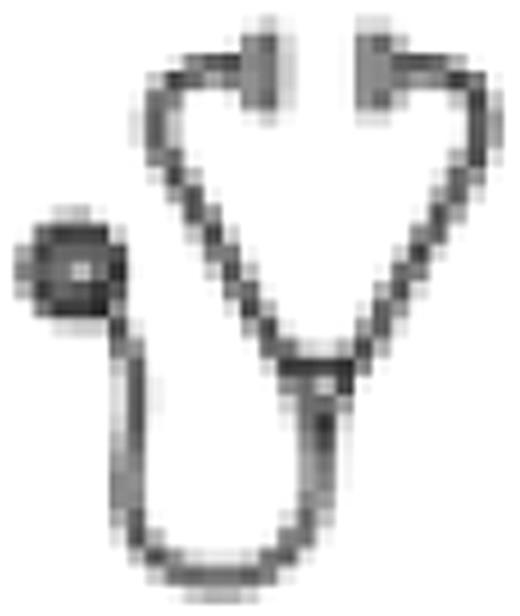Abstract
Abstract 1743
Effective vaccinations against 2009 H1N1 have been reported in healthy individuals; however, the response of immunocompromised patients, particularly patients who have hematologic malignancies and who also may be taking cytotoxic myelosuppressive and immunosuppressive treatments, is unclear and is generally considered to be decreased.
We conducted a prospective study to test the immunogenicity of H1N1 vaccination in patients with hematologic malignancies. We enrolled 22 patients, all of them received inactivated monovalent H1N1 2009 vaccine made by Sanofi. Antibody responses were measured by hemaglutination inhibition assay (HAI) at 4–6 weeks and 6–16 weeks.
Among the 22 patients, there were 15 males, 7 females, median age 61.5y (range 35–86y). Sixteen patients had active disease, with MGUS+MM (n=4), CLL+NHL (n=5), MDS+AML (n=4) and MPD (n=3), while the other 6 patients were in remission (within 3 years of initial diagnosis), including MM (n=1), CLL+NHL+HD (n=3), AML (n=1) and MPD (n=1). Eleven patients were receiving treatment (within 28 days before or after vaccination) with drugs that have myelosuppressive potential (91%), and 54.5% of the patients were also receiving drugs that have immunosuppressive potential. The median interval of treatment prior to vaccination was 6 days (range 0–84 d) and the median interval of treatment after vaccination was 14 days (0-28 d).
At baseline, 23.0% (95% confidence interval [CI], 4–42%) patients had antibody titer ≥ 1:40, and the geometric mean titer was 18.2 (95%CI, 8.6–38.7); at 4–6 weeks, the geometric mean titer was 197.0 (95%CI, 86.5–448.4), and the geometric mean ratio was 12.1 (95%CI 5.28–27.9). The seroconversion rate (4 fold increase in the antibody titer and ≥1:40) was 75% (95%CI, 54–96%), and the post-vaccination seroprotection rate (titer ≥1:40) was 90% (95%CI, 77–100%). When re-tested at 6–16 weeks, the results were not significantly different.
Among the 5 patients (25%) who did not show seroconversion, 2 had very high baseline protection titers, 2 did not attain seroprotective titers after vaccination, another one did not show protective titer at 6 weeks, but mounted a titer of 1:40 at 10 weeks. No serious adverse events or hospital admissions from H1N1 infection were documented at 6 months of follow up.
Subgroup analyses were performed to evaluate the influence on seroconversion rates of potential factors including (1) the presence or absence of active disease, (2) lymphoproliferative disorders versus myeloid disorders, (3) myelosuppressive drugs, (4) immunosuppressive drugs, and none showed a significant difference. Three patients were treated with Rituximab based chemotherapy, 1 patient who had R-CHOP for NHL showed robust response at 4–6 weeks, while 1 patient who had CLL treated with FCR, and another one with NHL treated with R-Bendamustine failed to develop response. These are the only 2 patients who did not show seroconversion or seroprotective titers in this study.
Patients with hematologic malignancies are able to generate an immune response to the H1N1 vaccine. The lower boundaries of CI of seroconversion rate (54%) and that of seroprotection rate (77%) are above what are recommended by the US FDA for an effective vaccine. Among the patients who developed an immune response, all but one demonstrated response within 4–6 weeks. Patients receiving Rituximab based treatment nevertheless can generate an effective immune response.
No relevant conflicts of interest to declare.

This icon denotes an abstract that is clinically relevant.
Author notes
Asterisk with author names denotes non-ASH members.

This feature is available to Subscribers Only
Sign In or Create an Account Close Modal